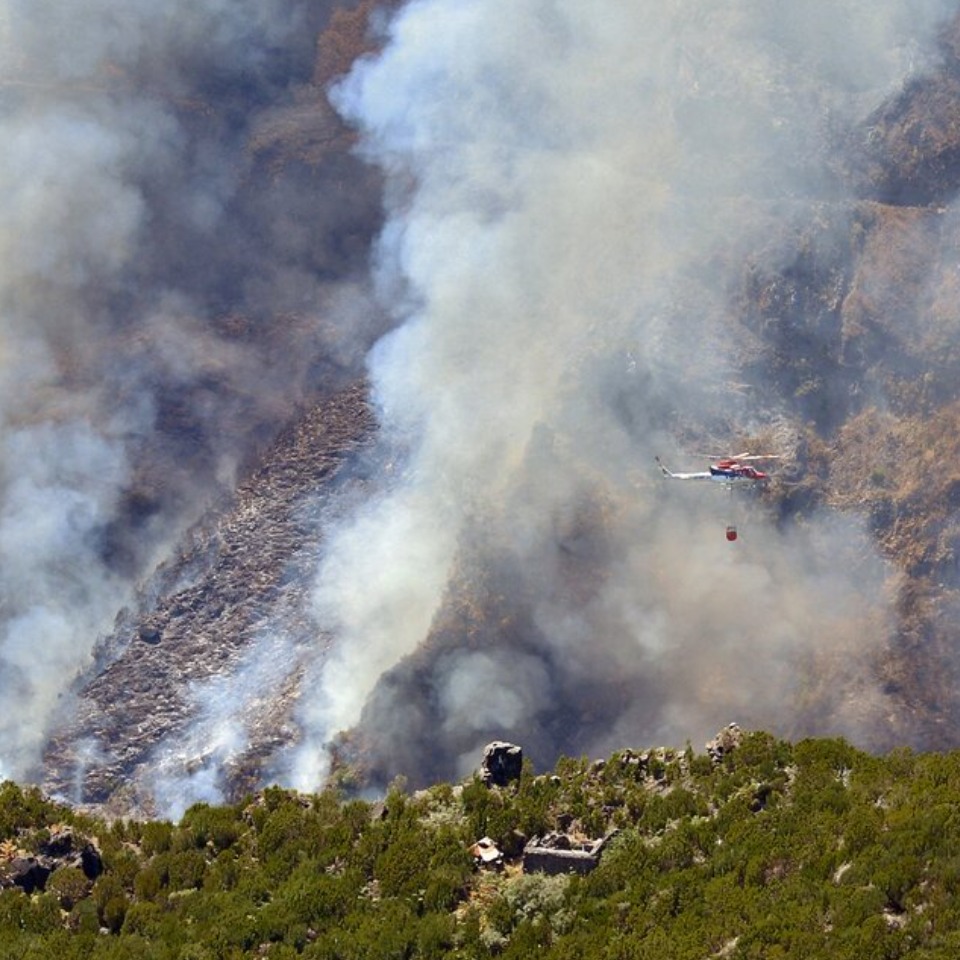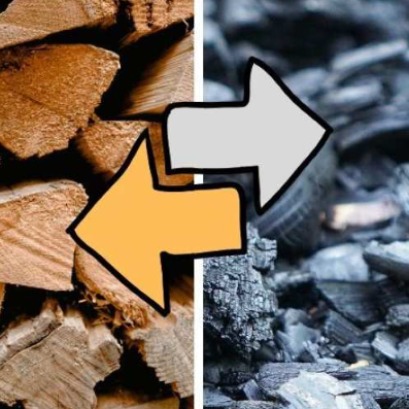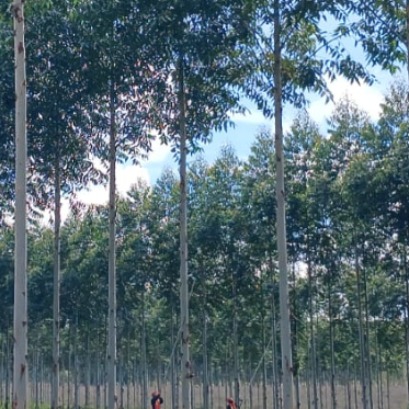
14 % of Madeiras forests have burned by fire, which has already reached laurisilva
The environmental damage that is causing the fire that burns since August 14 on the island of Madeira (Portugal), the largest of the homonymous archipelago, is significant, because it has burned 14 % of its forests and has already reached the Laurisilva, Unesco World Heritage. This was stated by the president of the Ecologist Group Quecus Madeira, Elsa Araújo, in statements to EFE by telephone, in which she stressed that the flames have reached areas that are part of the Natura 2000 Network, created to protect rare species, threats or vulnerable of the European Union
Araújo explained that the fire is on the rust peak, the third highest mountain in Portugal, and the Das Torres peak, destroying priority habitats with unique species, and is descending down the slopes in the direction of Laurisilva, a typical wet forest of the region, which constitutes an important protected area. Laurisilva has subtropical characteristics and its origin dates back to the tertiary period (initiated 66 million years ago). It houses great biodiversity with native species and was registered in the World Heritage List in 1999.araújo stressed that, for her, as an environmentalist, the main damage is the loss of an entire indigenous native vegetation that has been destroyed, as well as the fauna. I am talking about birds that have been reached by fire, and even goats, he said. to climate change, which is causing less and less to rain and the temperatures are higher. The president of Quercus Madeira accused the authorities of irresponsibility not only at the prevention level, but also because of the fact that the island only disposes From a single aerial medium to combat fires and few firefighters. We have defended for years that around the intensive areas, specifically the areas of the Natura 2000 Net , so that if there is a fire, I cannot progress towards protected areas such as laurisilva and central mountainous massif, where priority habitats are found, he added. Pico de Arieiro, which caused significant damage due to the extinction of a kind of plant, La Sorveira (Sorbus timerensis), which only existed at great altitude in its natural habitat.
IT MAY INTEREST YOU
 They promote research in pine resins from the NEA
They promote research in pine resins from the NEA
The forestry industry is one of the most important sectors in the economies of Misiones and Corrientes. Thousands of hectares of pine supply the paper, pulp, boards and sawmill industry. Pinus elliottii, one of the species established in the region, in addition to providing wood, is used to produce resin, a non-wood forest product with high demand in the chemical, pharmaceutical and cosmetic industries. In 2\024, resin extraction of approximately 52,6\0\0 tons was achieved from approximately 18,\0\0\0,\0\0\0 trees in production, generating income and jobs with high expansion potential.
 Canadian researchers make biochar from wood waste that rivals steel in strength
Canadian researchers make biochar from wood waste that rivals steel in strength
Researchers at the University of Toronto have developed monolithic biochar from wood that can reach an axial hardness of up to 2.25 GPa, similar to mild steel.
 Paraguay | The plantations became instruments of territorial development and the generation of decent employment, INFONA highlights.
Paraguay | The plantations became instruments of territorial development and the generation of decent employment, INFONA highlights.
Plantings in different phases, control of ants and weeds, pruning and thinning, mechanized harvest, technology applied to the field and complete integration of the production cycle were part of the CREA Forestal proposal in its Technical Update Conference – JAT Forestal 2025. The event took place on Friday, November 14, at Estancia Ñemity, located in San Juan Nepomuceno, Caazapá, where agricultural producers, technicians, contractors, students and companies in the sector met to observe the forestry business of the future in action.





















